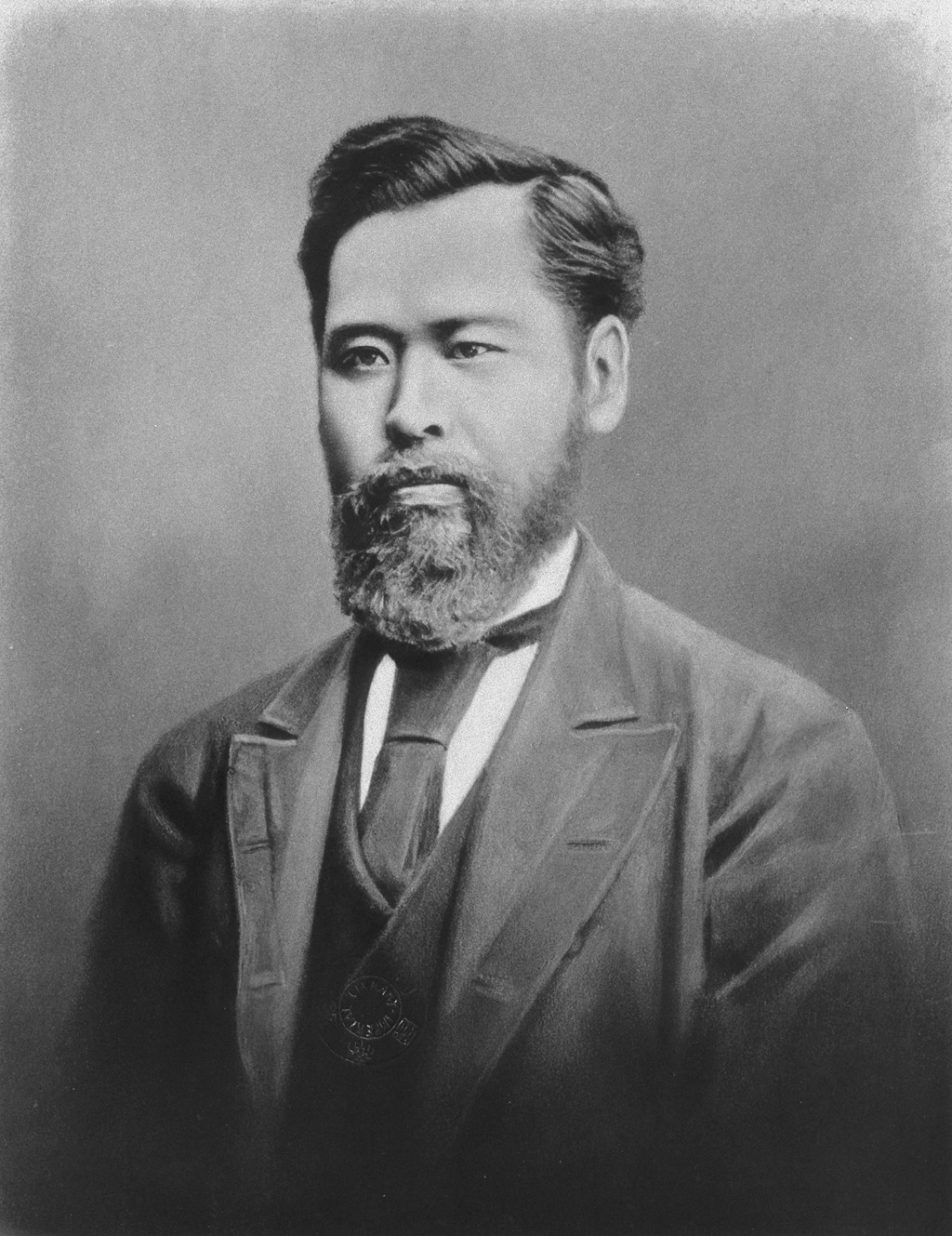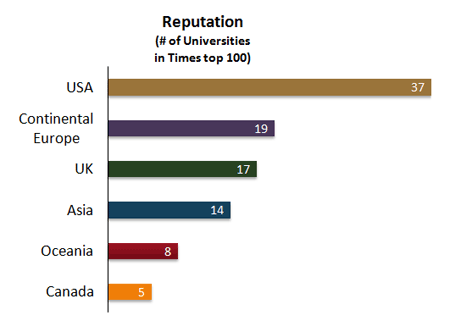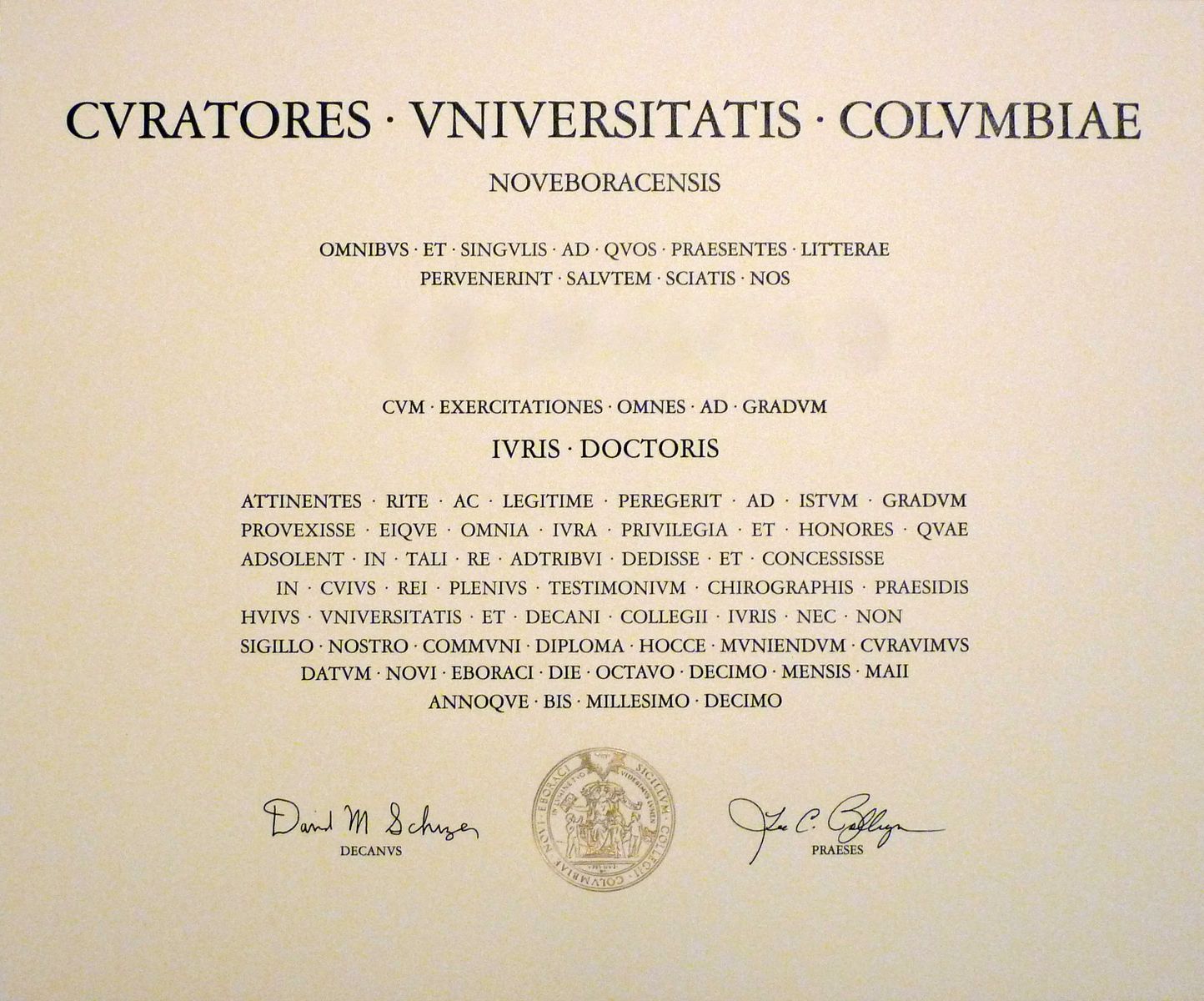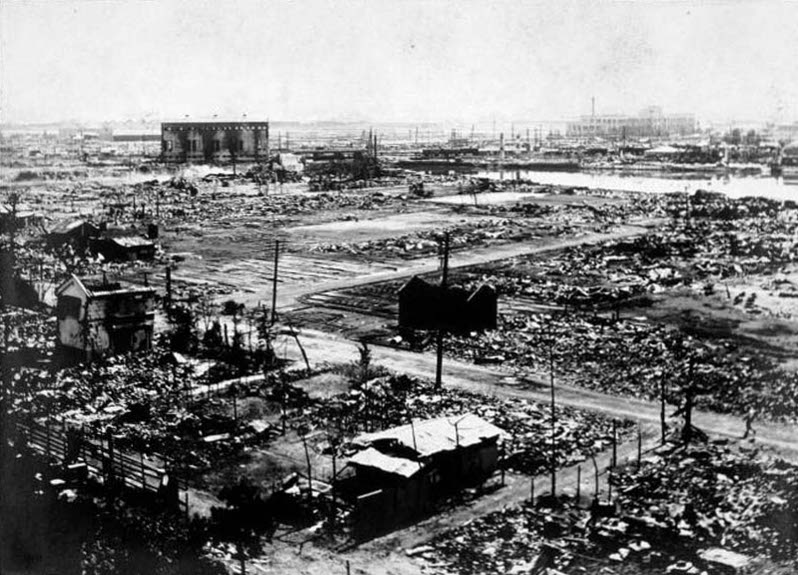|
Hitotsubashi University
, formerly known as , is a national university, national research university in Tokyo, Japan. Often regarded as Japan’s foremost institution for the study of the social sciences, particularly commerce, economics, law, political science, sociology, social data science, and the humanities, the university has campuses in Kunitachi, Tokyo, Kunitachi, Kodaira, Tokyo, Kodaira, and Kanda, Tokyo, Chiyoda. In 1920, Hitotsubashi was granted university status as Tokyo University of Commerce, becoming Japan’s first national college specialising in commercial studies. It underwent another name change in 1949, adopting its modern name, Hitotsubashi. In 1962, the legal name was formally changed to Hitotsubashi University. The university has produced numerous senior bureaucrats and politicians for the Japanese government, including Masayoshi Ōhira, who served as the prime minister of Japan. History Founded by Arinori Mori in 1875, Hitotsubashi was initially called the . Shibusawa Eiichi, ... [...More Info...] [...Related Items...] OR: [Wikipedia] [Google] [Baidu] |
Hitotsubashi University Logo, 2
may refer to: *Hitotsubashi, Chiyoda, a place in Chiyoda, Tokyo *Hitotsubashi Group, a publishing ''keiretsu'' *Hitotsubashi University , formerly known as , is a national university, national research university in Tokyo, Japan. Often regarded as Japan’s foremost institution for the study of the social sciences, particularly commerce, economics, law, political science, sociolog ... * Hitotsubashi-Tokugawa, a branch of the Tokugawa Clan * Hitotsubashi Yoshinobu (Keiki), the last shōgun {{disambig ... [...More Info...] [...Related Items...] OR: [Wikipedia] [Google] [Baidu] |
Faculty Of Economics, University Of Tokyo
The Faculty of Economics is one of the ten constituent faculties of the University of Tokyo. Its affiliated graduate school is the Graduate School of Economics, and they operate as one organisation in practice. It is located on the main Hongō campus, Hongo Campus in Bunkyō, Bunkyo, Tokyo. History Records show that economics was taught at the university as early as in 1878. The Faculty of Economics was established in 1919, following the separation of the Department of Economics, created in 1908 from the Department of Political Science at the Graduate Schools for Law and Politics and Faculty of Law, University of Tokyo, Faculty of Law, and the Department of Commerce, established in 1909. Organisation Undergraduate Senior division undergraduates who wish to study economics are matriculated into one of the following departments after the University of Tokyo#Senior division, ''shingaku sentaku''. * Economics * Management * Finance Postgraduate About a third of the postgradu ... [...More Info...] [...Related Items...] OR: [Wikipedia] [Google] [Baidu] |
QS World University Rankings
The ''QS World University Rankings'' is a portfolio of comparative college and university rankings compiled by Quacquarelli Symonds, a higher education analytics firm. Its first and earliest edition was published in collaboration with '' Times Higher Education'' (''THE'') magazine as ''Times Higher Education''–QS World University Rankings, inaugurated in 2004 to provide an independent source of comparative data about university performance. In 2009, the two organizations parted ways to produce independent university rankings, the QS World University Rankings and ''THE'' World University Rankings. QS's rankings portfolio has since been expanded to consist of the QS World University Rankings, the QS World University Rankings by Subject, four regional rankings tables (including Asia, Latin America and The Caribbean, Europe, and the Arab Region), several MBA rankings, and the QS Best Student Cities rankings. In 2022, QS launched the QS World University Rankings: Sustainability ... [...More Info...] [...Related Items...] OR: [Wikipedia] [Google] [Baidu] |
Times Higher Education World University Rankings
The ''Times Higher Education World University Rankings'', often referred to as the THE Rankings, is the annual publication of university rankings by the ''Times Higher Education'' magazine. The publisher had collaborated with Quacquarelli Symonds (QS) to publish the joint ''Times Higher Education–QS World University Rankings, THE-QS World University Rankings'' from 2004 to 2009 before it turned to Thomson Reuters for a new ranking system from 2010 to 2013. In 2014, the magazine signed an agreement with Elsevier to provide it with the data used in compiling its annual rankings. The publication includes global rankings of universities, including by subject and reputation. It also has begun publishing three regional tables for universities in Asia, Latin America, and BRICS and emerging economies, which are ranked with separate criteria and weightings. The THE Rankings is often considered one of the most widely observed university rankings together with the ''Academic Ranking of ... [...More Info...] [...Related Items...] OR: [Wikipedia] [Google] [Baidu] |
National Seven Universities
The were founded by the Empire of Japan between 1886 and 1939, seven in Mainland Japan, one in Korea under Japanese rule and one in Taiwan under Japanese rule. These universities were funded by the imperial government until the end of World War II. Historical context The name 'Imperial University' was initially used by what is now the University of Tokyo, the nation's first university. Although it was originally established under its current name, the Government of Meiji Japan, Meiji government renamed it in 1886. In 1897, when it was decided to establish the nation's second university in Kyoto, the original Imperial University was renamed Tokyo Imperial University. Meanwhile, the newly established university was named Kyoto University, Kyoto Imperial University. Unlike in Europe and North America, modern higher education in Japan mostly originated as national projects. There had been no private universities in Japan until 1920, when Keio University, Keio and Waseda University, ... [...More Info...] [...Related Items...] OR: [Wikipedia] [Google] [Baidu] |
Hitotsubashi University Library Clock Tower Building (2)
may refer to: *Hitotsubashi, Chiyoda, a place in Chiyoda, Tokyo *Hitotsubashi Group, a publishing ''keiretsu'' *Hitotsubashi University , formerly known as , is a national university, national research university in Tokyo, Japan. Often regarded as Japan’s foremost institution for the study of the social sciences, particularly commerce, economics, law, political science, sociolog ... * Hitotsubashi-Tokugawa, a branch of the Tokugawa Clan * Hitotsubashi Yoshinobu (Keiki), the last shōgun {{disambig ... [...More Info...] [...Related Items...] OR: [Wikipedia] [Google] [Baidu] |
Graduate School Of International Corporate Strategy
The , also known as Hitotsubashi ICS, is the graduate business school of Hitotsubashi University in Tokyo, Japan. Hitotsubashi ICS was the first "professional graduate school" (formerly "specialized graduate school") established in Japan. The school was founded by Harvard Business School professor Hirotaka Takeuchi, its first dean, in 1998, and admitted students in 2000. ICS is housed in the National Center of Sciences and located at Chiyoda Campus, the birthplace of Hitotsubashi University, Chiyoda, Tokyo. Programs Hitotsubashi ICS has three programs: International Business Strategy MBA, EMBA and DBA. MBA Program The first full-time MBA program offered by a Japanese national university taught entirely in English. Students can apply for either a one-year program or a two-year program. Hitotsubashi ICS' students have access to Japan's real business network, as well as to thGlobal Network for Advanced Management Hitotsubashi ICS was recently ranked as the No. 1 Business Sch ... [...More Info...] [...Related Items...] OR: [Wikipedia] [Google] [Baidu] |
Juris Doctor
A Juris Doctor, Doctor of Jurisprudence, or Doctor of Law (JD) is a graduate-entry professional degree that primarily prepares individuals to practice law. In the United States and the Philippines, it is the only qualifying law degree. Other jurisdictions, such as Australia, Canada, and Hong Kong, offer both the postgraduate JD degree as well as the undergraduate Bachelor of Laws, Bachelor of Civil Law, or other qualifying law degree. Originating in the United States in 1902, the degree generally requires three years of full-time study to complete and is conferred upon students who have successfully completed coursework and practical training in legal studies. The JD curriculum typically includes fundamental legal subjects such as constitutional law, civil procedure, criminal law, contracts, property, and torts, along with opportunities for specialization in areas like international law, corporate law, or public policy. Upon receiving a JD, graduates must pass a bar examinatio ... [...More Info...] [...Related Items...] OR: [Wikipedia] [Google] [Baidu] |
Kanematsu Auditorium
Kanematsu (written: 兼松) is both a Japanese surname and a masculine Japanese given name. Notable people with the name include: Surname *, Japanese samurai *, Japanese rugby sevens player Given name *, cancer researcher *, Japanese long-distance runner {{given name, type=both Japanese-language surnames Japanese masculine given names Masculine given names ... [...More Info...] [...Related Items...] OR: [Wikipedia] [Google] [Baidu] |
1923 Great Kantō Earthquake
The 1923 Great Kantō earthquake (, or ) was a major earthquake that struck the Kantō Plain on the main Japanese island of Honshu at 11:58:32 JST (02:58:32 UTC) on Saturday, 1 September 1923. It had an approximate magnitude of 8.0 on the moment magnitude scale (Mw), with its epicenter located southwest of the capital Tokyo. The earthquake devastated Tokyo, the port city of Yokohama, and surrounding prefectures of Kanagawa, Chiba, and Shizuoka, and caused widespread damage throughout the Kantō region. Fires, exacerbated by strong winds from a nearby typhoon, spread rapidly through the densely populated urban areas, accounting for the majority of the devastation and casualties. The death toll is estimated to have been between 105,000 and 142,000 people, including tens of thousands who went missing and were presumed dead. Over half of Tokyo and nearly all of Yokohama were destroyed, leaving approximately 2.5 million people homeless. The disaster triggered widespread social ... [...More Info...] [...Related Items...] OR: [Wikipedia] [Google] [Baidu] |
Kobe University
, also known in the Kansai region as , is a public research university located in Kobe, Hyōgo, Japan. The university was established in 1949, but the academic origins of Kobe University trace back to the establishment of Kobe Higher Commercial School in 1902, which was renamed as Kobe University of Commerce in 1929, and Kobe University of Economics in 1940. It comprises 14 graduate schools and 11 undergraduate faculties, and holds about 16,000 students enrolled in undergraduate and graduate programs. International students accounted for 1,179 members of the student body as of 1 May 2021. It also has 3,102 staff members, including professors, associate professors and administrative officials. The university is known to be the sole university in Japan to have a faculty dedicated to maritime sciences. It was also the first university to establish a faculty dedicated to business administration in the country. History The roots of the university can be traced back to 1902, wh ... [...More Info...] [...Related Items...] OR: [Wikipedia] [Google] [Baidu] |
Tokyo University Of Foreign Studies
, often referred to as TUFS, is a specialist National university, national research university in Fuchū, Tokyo, Fuchū, Tokyo, Japan. TUFS is primarily devoted to foreign language, international relations, international affairs and area studies. The (ILCAA), also known as the AA-ken (), is part of TUFS. History The University is the oldest academic institution devoted to international relations, international studies in Japan. It began as , a Tokugawa shogunate's translation bureau set up in 1857. It was subsequently established as an independent educational and research institution with the name in 1873 and gained independence in 1899. In 1949, it was formed as a new-system university as the , with only one undergraduate program with twelve departments. In 1999, the University celebrated both the 126th anniversary of its original establishment and the 100th anniversary of its independence. In 2000, the campus was moved to its present location, where students can study in a ... [...More Info...] [...Related Items...] OR: [Wikipedia] [Google] [Baidu] |






